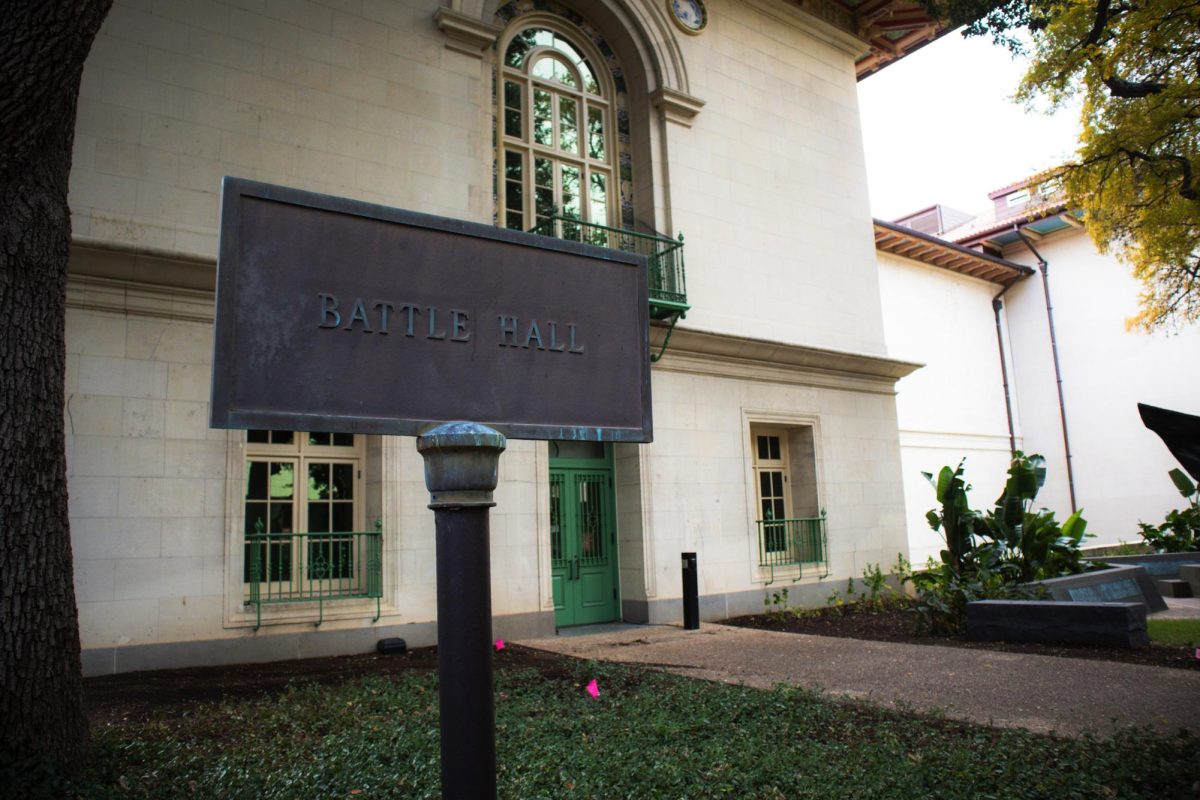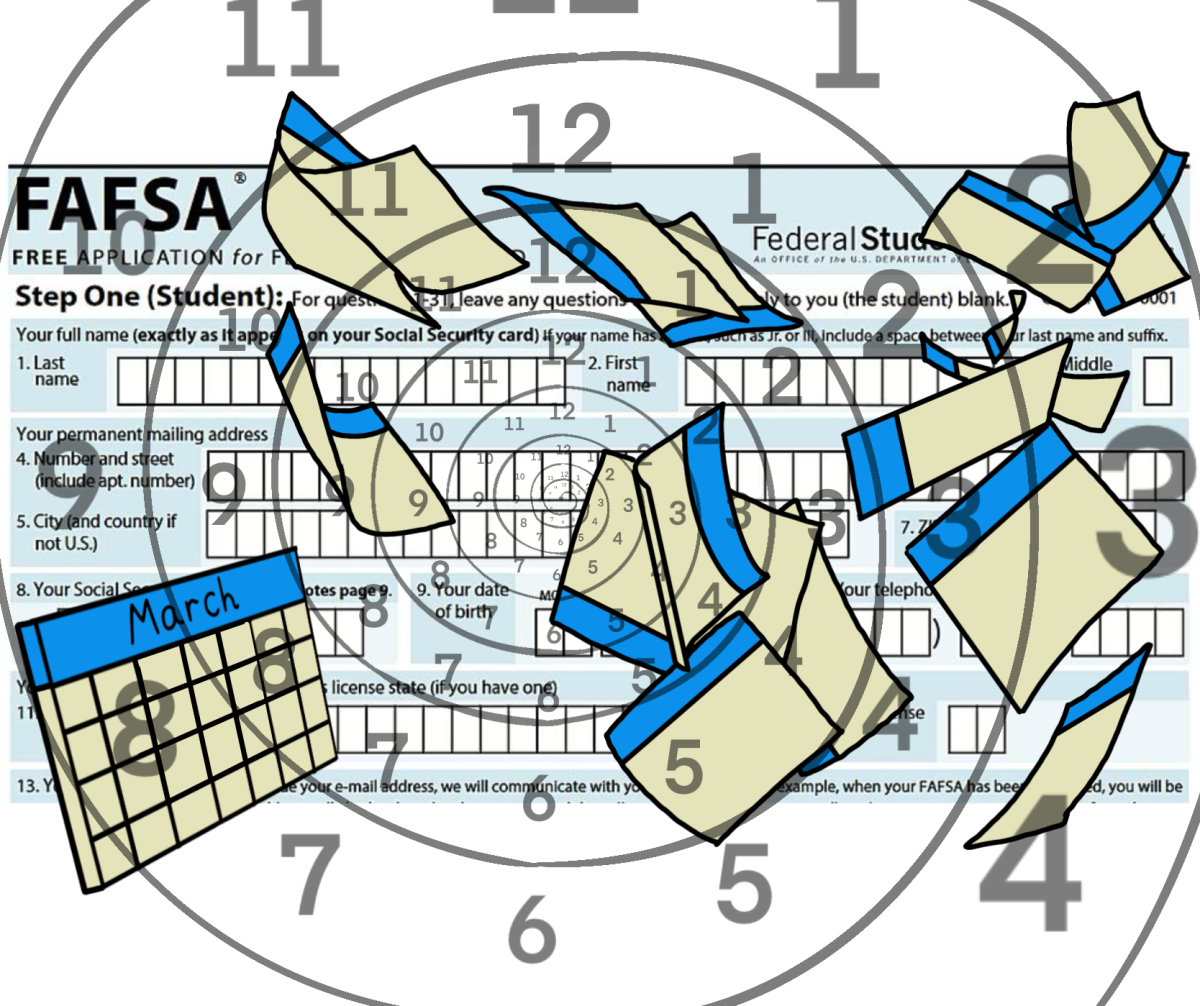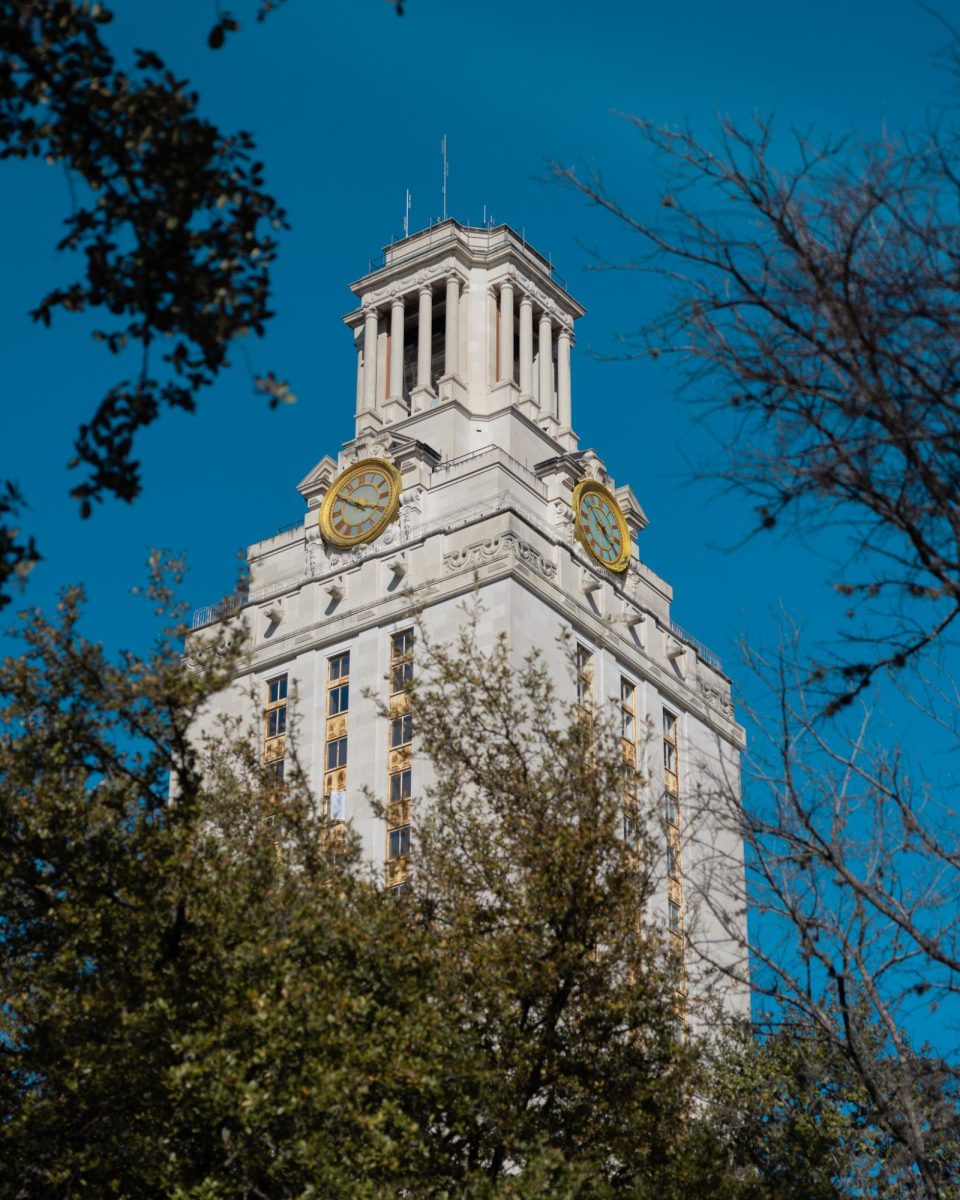A court case about UT’s use of race in the admissions process is being appealed for review by the U.S. Supreme Court.
The lawsuit, Fisher v. Texas, was filed against UT when two white students were denied admission to the University in 2008. It claims that the University’s admissions policies, which take race into consideration, violated the plaintiff’s right to equal protection of the laws under the 14th Amendment. UT won the lawsuit in an Austin federal district court and the 5th Circuit Court of Appeals. The 5th Circuit judges denied an appeal for rehearing of the case in a 9-7 vote.
In Circuit Judge Emilio Garza’s opinion, the court must uphold the 2003 Supreme Court decision in Grutter v. Bollinger that race can be used as a determinant in college admissions decisions.
“The Supreme Court has chosen this erroneous path and only the Court can rectify the error,” Judge Garza said.
UT-Austin President William Powers Jr. said in a statement that the admissions policy upholds the 2003 Supreme Court decision. He also said that because of the top 10 percent rule, it is important to weigh a multitude of factors in terms of balance among the incoming student body.
“The University of Texas at Austin is firmly committed to a holistic admissions policy that is consistent with the rulings of the U.S. Supreme Court,” Powers said. “We must have the flexibility to consider each applicant’s unique experiences and background so we can provide the best environment in which to train the students who will be our future leaders.”
A Texas law allows UT-Austin to only accept 75 percent of incoming freshman under the top 10 percent rule, said Augustine Garza, deputy director of the office of admissions. The 2011 class is the first class to be selected under this admissions policy.
“There are some excellent students out there who are not in the top 10 percent,” Garza said.
He said race is one of many factors considered in admissions for students who fall outside of the projected automatic admittance for their class.
According to the University’s website, admissions takes academic achievement, personal achievement and special circumstances into consideration. Race and ethnicity are one of seven other factors that fall under the special circumstances portion.
The plaintiff’s attorney, Bert Rein, said the appeal to the Supreme Court is in response to the loss in the 5th Circuit Court of Appeals.
“The Texas Legislature had changed Texas law and, prior to the change, the top ten submissions system was uncapped,” Rein said. “If the court were to reverse that decision then the cap is taken off and you go back to the top 10 system.”
The project on fair representation is a not-for-profit legal defense fund which has funded the plaintiff from the beginning of the lawsuit. Edward Blum, director for the project on fair representation, said the organization provides representation to individuals who have been unfairly discriminated against. He said the top 10 percent rule, which at the time required the University to accept all Texas public high school students within the top 10 percent of their class.
“UT thinks the law allows them to reintroduce race and we argue that the law forbids them from reintroducing race,” Blum said.
He said the appeal was filed Sept. 15 and it’s hard to know when the University will respond.
“The University has 30 days to respond to that, but it’s not unusual for a respondent to ask for more time,” Blum said.
Printed on Wednesday, September 21, 2011 as: Fisher v. Texas appeal reaches Supreme Court


















